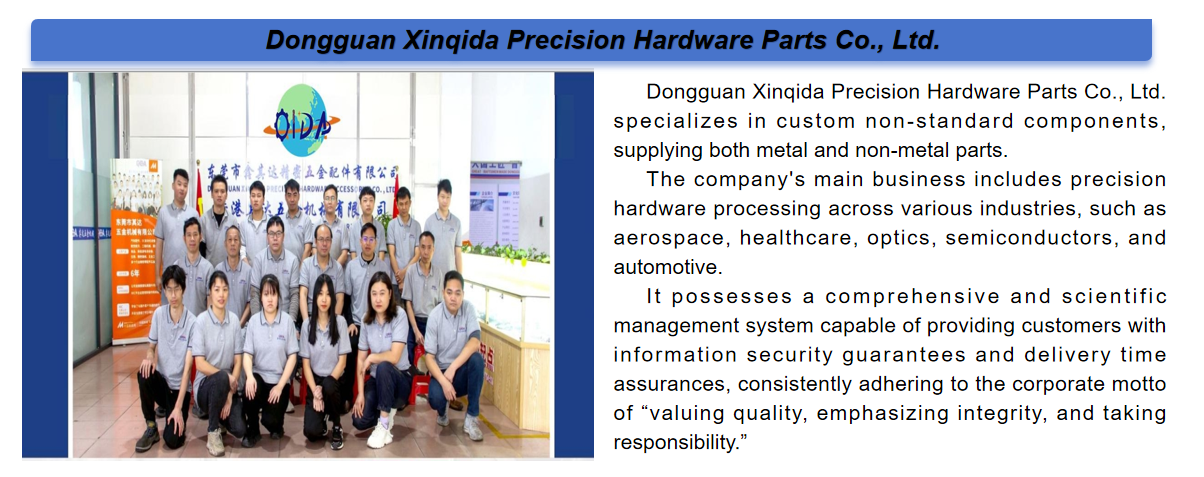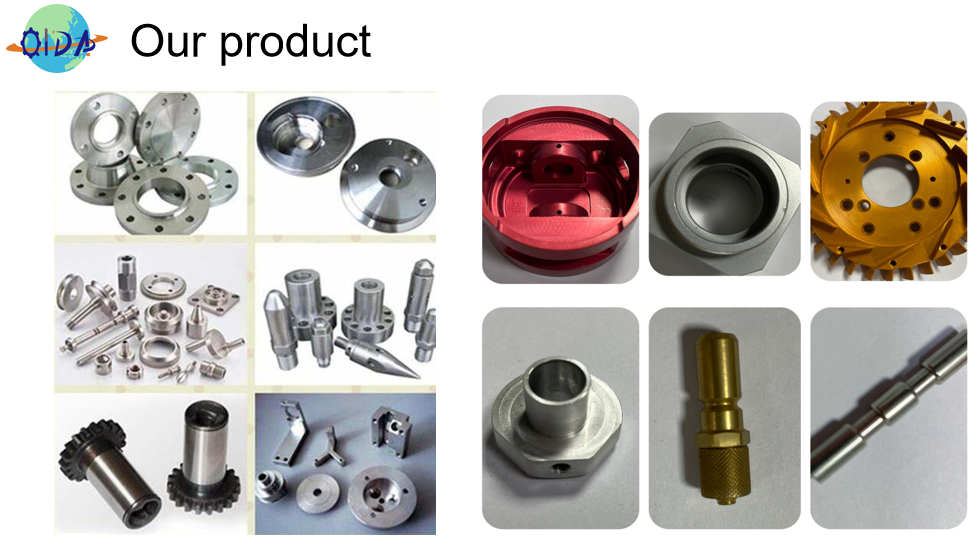CNC prosthetic components are complex parts that integrate multiple disciplines, including mechanics, electronics, and materials.
The following are their main characteristics:
1.Mechanical Structure Characteristics
High Strength and Lightweight:
Lightweight yet high-strength materials, such as titanium alloys and carbon fiber composites, are commonly used. Titanium alloys are strong, corrosion-resistant, and can withstand various stresses produced by human movement, ensuring the safety of prosthetic use; carbon fiber composites are lightweight, reducing the overall weight of the prosthesis, thus lessening the burden on patients and enhancing mobility and convenience.
High Precision and Customization:
Manufactured through CNC processing technology, these components can achieve high precision in part dimensions and complex structural designs. They can also be customized according to the specific shape, size, and motion requirements of the patient's residual limb, ensuring a perfect fit between the prosthesis and the residual limb, increasing comfort and usability.
Good Wear Resistance and Fatigue Resistance:
Since prosthetics need to be frequently active during daily use, the components must have good wear resistance; for example, parts at the joint need to withstand friction for long periods without affecting performance. Additionally, they must be able to withstand repeated stress, exhibiting fatigue resistance to ensure stable long-term operation.
2.Electronic Control Characteristics
Smart Sensing and Feedback:
Several sensors are integrated, such as pressure sensors, angle sensors, and accelerometers, which can sense the patient's movement intentions, force conditions, and the posture of the prosthetic in real time. These sensors feed data back to the control system for precise control and adaptive adjustment of the prosthetic's movements.
Flexible Motion Control:
The control system of CNC prosthetics can quickly and accurately adjust the motion modes and parameters of the prosthetic according to the information collected from the sensors. For example, during different movement states such as walking, running, or climbing stairs, the prosthetic can automatically switch to the corresponding movement strategy, providing appropriate assistance and support.
Convenient Human-Machine Interaction:
Some CNC prosthetics support wireless communication technologies like Bluetooth and Wi-Fi, allowing them to connect with smartphones or other external devices. Patients can use mobile applications to customize the prosthetic settings, such as adjusting motion parameters and viewing usage data, enhancing user experience.
3.Material Characteristics
Biocompatibility:
Materials in contact with the patient's residual limb, such as socket materials, must have good biocompatibility to avoid skin allergies, inflammation, and other adverse reactions, ensuring safety and comfort for long-term wear.
Corrosion Resistance:
Considering the effects of human sweat and daily use environments, the materials of prosthetic components need to possess certain corrosion resistance to prevent rust and damage, thereby prolonging the service life of the prosthetic.
4.Other Characteristics
Waterproof and Dustproof:
To adapt to different usage environments, CNC prosthetic components typically have certain levels of waterproof and dustproof protection, enabling normal operation in environments such as rainy days and muddy roads, while being resistant to damage from water ingress or dust intrusion affecting electronic components.
Easy Maintenance:
The design will consider modularity and replaceability of components, making it easy to quickly disassemble and replace any part that fails or wears out, thereby reducing maintenance costs and repair difficulties.




